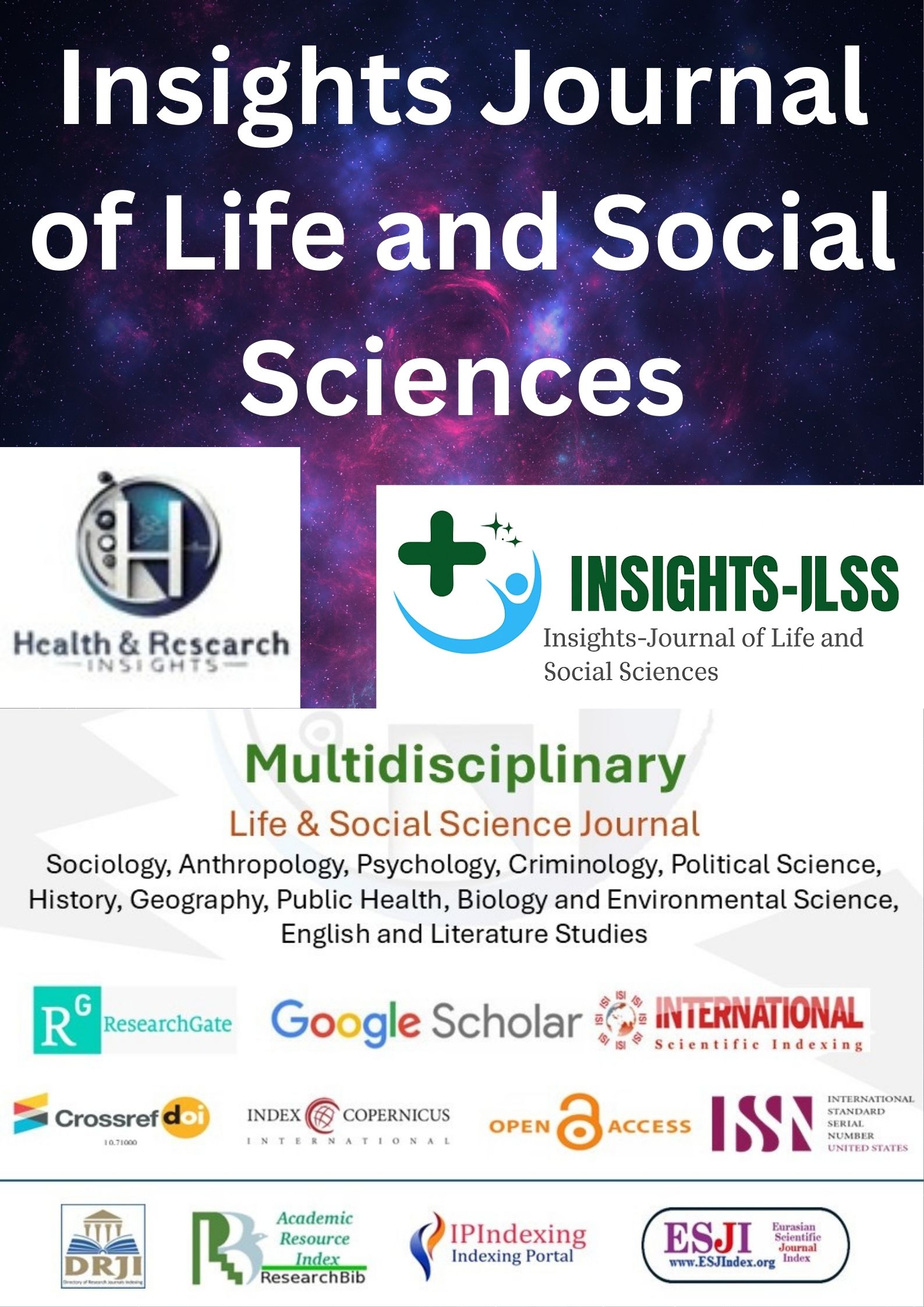COMMUNITY AWARENESS, PREVENTIVE PRACTICES, AND BARRIERS TOWARD INFECTIOUS DISEASE CONTROL IN URBAN POPULATIONS OF PAKISTAN
Main Article Content
Abstract
Background: Infectious diseases remain a persistent public health challenge in urban areas of Pakistan, where rapid population growth, overcrowding, and limited infrastructure amplify risks. Despite awareness campaigns, gaps in preventive practices and barriers to disease control continue to undermine health outcomes. Understanding these dynamics is essential to guide effective interventions in vulnerable communities.
Objective: To describe public awareness levels, preventive health behaviors, and barriers influencing infectious disease control in urban communities of South Punjab.
Methods: A descriptive study was conducted over four months, enrolling 420 adult residents from selected urban neighborhoods through multistage sampling. Data were collected via a structured, pretested questionnaire addressing awareness of major infectious diseases, adoption of preventive practices, and perceived barriers. Descriptive statistics summarized findings, while chi-square and independent t-tests compared outcomes across socio-demographic groups, given normally distributed data.
Results: The mean participant age was 34.8 ± 11.2 years, with a balanced gender distribution. Awareness was highest for hepatitis (72.1%) and tuberculosis (68.4%) but lower for dengue (59.3%), influenza (54.2%), and emerging infections (41.8%). Preventive practices were suboptimal, with 61.9% reporting regular handwashing, 57.3% safe water use, 48.6% vaccination uptake, 44.1% mask use, and 52.8% early healthcare-seeking. Barriers included economic constraints (62.4%), structural inadequacies (58.7%), cultural influences (44.9%), and misinformation (39.2%).
Conclusion: Urban populations in South Punjab exhibited moderate awareness of infectious diseases, but preventive behaviors were inconsistent and hindered by significant economic, structural, and social barriers. Interventions that combine knowledge dissemination with improved access to resources and culturally sensitive strategies are necessary to strengthen infectious disease control in urban environments.
Article Details

This work is licensed under a Creative Commons Attribution-NonCommercial-NoDerivatives 4.0 International License.
